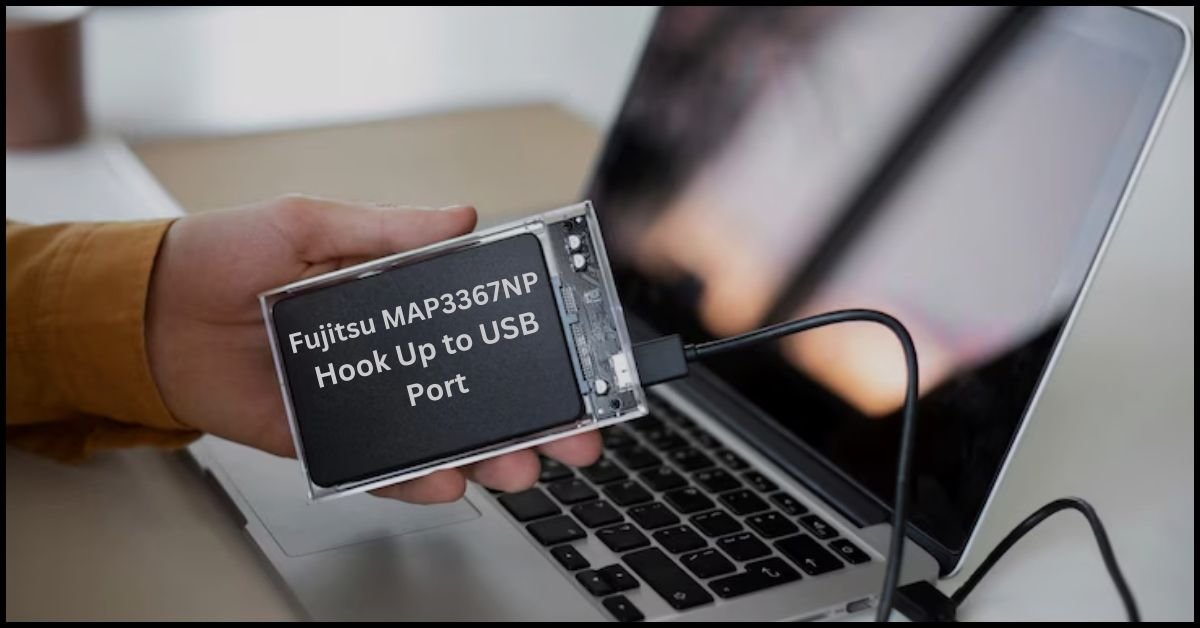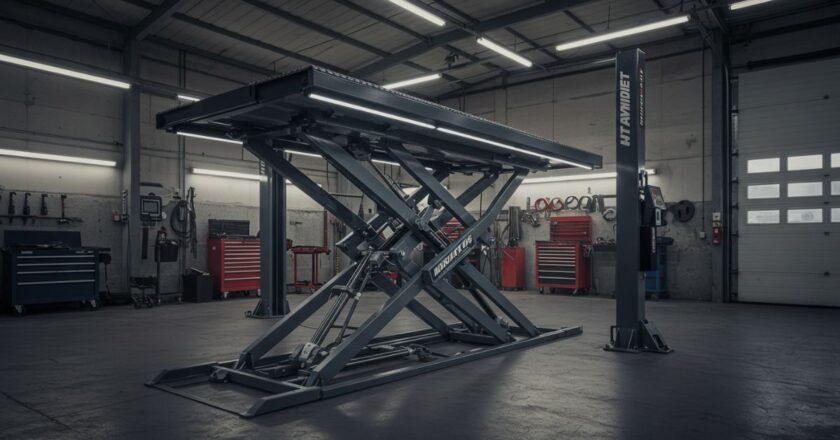The Fujitsu MAP3367NP is a high-performance SCSI hard drive that is well-regarded for its durability and reliability in enterprise and personal computing setups. However, connecting this drive to a USB port can seem daunting, especially given the technological gap between the SCSI and modern USB systems. This comprehensive guide will walk you through everything you need to know about connecting the Fujitsu MAP3367NP Hook Up to USB Port, including necessary adapters, software configurations, and troubleshooting tips.
Understanding the Fujitsu MAP3367NP Hook Up to USB Port
The Fujitsu MAP3367NP Hook Up to USB Port hard drive. It features a 68-pin SCSI and operates at a speed of 10,000 RPM. Known for its impressive data transfer rates and durability, the MAP3367NP has been a go-to choice for servers, workstations, and other data-intensive applications.
However, with the decline of native SCSI ports on modern computers, connecting these drives requires ingenuity and additional hardware. USB, being the universal standard for connecting peripherals today, offers a practical solution.
Challenges of Connecting SCSI Drives to USB
SCSI (Small Computer System Interface) drives like the MAP3367NP are designed for high-speed data transfer in server and enterprise environments. On the other hand, the USB interface is optimized for ease of use and compatibility with various devices. Bridging the two interfaces presents challenges such as compatibility, data transfer rate differences, and driver requirements.
Understanding these challenges is the first step in successfully connecting your SCSI drive to a USB port.
What You Need to Connect the MAP3367NP to USB
To connect the Fujitsu MAP3367NP to a USB port, you will need:
- A SCSI-to-USB adapter: This device converts the SCSI signals into a format that USB can understand. Ensure the adapter supports Ultra320 SCSI for optimal compatibility.
- A SCSI terminator: Proper termination is essential for SCSI devices to function correctly. Some adapters include built-in termination, but verify this before proceeding.
- A power supply: External SCSI drives require their power source. Confirm that your setup provides adequate power to the drive.
- Driver software: Adapters often come with proprietary drivers to facilitate communication between the drive and the host computer.
Step-by-Step Guide to Fujitsu MAP3367NP Hook Up to USB Port
Step 1: Gather Your Tools and Hardware
Ensure you have all the necessary components, including the SCSI-to-USB adapter, power supply, and associated cables. Confirm that the adapter supports the Fujitsu MAP3367NP and its Ultra320 interface.
Step 2: Connect the SCSI Drive to the Adapter
Plug the 68-pin connector on the MAP3367NP into the corresponding port on the SCSI-to-USB adapter. Secure the connection to prevent accidental disconnection during operation.
Step 3: Attach the SCSI Terminator
If your SCSI-to-USB adapter does not have built-in termination, attach an external SCSI terminator to the appropriate port on the drive or adapter. This ensures stable operation and prevents signal issues.
Step 4: Connect the Adapter to Your Computer
Use a USB cable to connect the adapter to a USB port on your computer. Preferably, use a USB 3.0 port for faster data transfer rates.
Step 5: Power Up the Drive
Plug the MAP3367NP into its power source and turn it on. Ensure the drive receives adequate power and listen for any startup noises indicating it is functioning correctly.
Step 6: Install Necessary Drivers
If the adapter requires additional drivers, install them using the provided software or download them from the manufacturer’s website. Restart your computer after installation if prompted.
Step 7: Access the Drive
Once the hardware and software setup is complete, your computer should recognize the MAP3367NP as an external storage device. You can now access the drive through your file explorer or disk management utility.
ALSO READ: The Truth About 1314047.xyz: A Comprehensive Guide to Its Uses and Risks
Troubleshooting Common Issues
Despite following the setup process, you might need help to overcome challenges. Here’s how to address common problems:
- Drive Not Recognized: Verify the connections and correctly install the drivers. Check the device manager for any error messages.
- Slow Data Transfer Rates: Ensure the USB port is at least USB 3.0 and that no other high-bandwidth devices share the same hub.
- No Power to Drive: Confirm the power supply is adequately and correctly connected.
FAQs about Fujitsu MAP3367NP Hook Up to USB Port
Can I connect the Fujitsu MAP3367NP directly to a USB port without an adapter?
No, the MAP3367NP uses a 68-pin SCSI incompatible with USB ports. A SCSI-to-USB adapter is necessary to bridge the two interfaces.
What is the best SCSI-to-USB adapter for the MAP3367NP?
Choose an adapter that supports Ultra320 SCSI for maximum compatibility. Popular options include adapters from StarTech and SCSI2SD.
How do I format the MAP3367NP for modern operating systems?
Use your computer’s disk management utility to format the drive in a file system compatible with your OS, such as NTFS for Windows or HFS+ for macOS.
Is the MAP3367NP suitable for regular desktop use?
While it is possible, the MAP3367NP is optimized for enterprise applications. Modern SSDs or HDDs may be better suited for general-purpose use.
Can I use the MAP3367NP on macOS or Linux?
Yes, provided the SCSI-to-USB adapter is compatible with your operating system. Install any required drivers and ensure the drive is formatted appropriately.
Conclusion
Connecting the Fujitsu MAP3367NP Hook Up to USB Port may seem complex, but it’s entirely achievable with the right tools and knowledge. By following this comprehensive guide, you can unlock the full potential of this reliable SCSI drive on modern computers. Whether for data recovery, archival purposes, or exploring older technology, this setup ensures seamless integration and optimal performance.
Stay updated with the latest hardware compatibility trends, and verify your components before starting the process. Your journey into the SCSI and USB integration world is now a smooth path!

Zoe Rae is a dynamic writer at SpinUpBusiness.com, where she covers a broad range of topics from business strategies to lifestyle, technology, and more. With a keen eye for detail and a passion for making complex ideas simple, Zoe crafts content that informs, engages, and inspires her readers.



